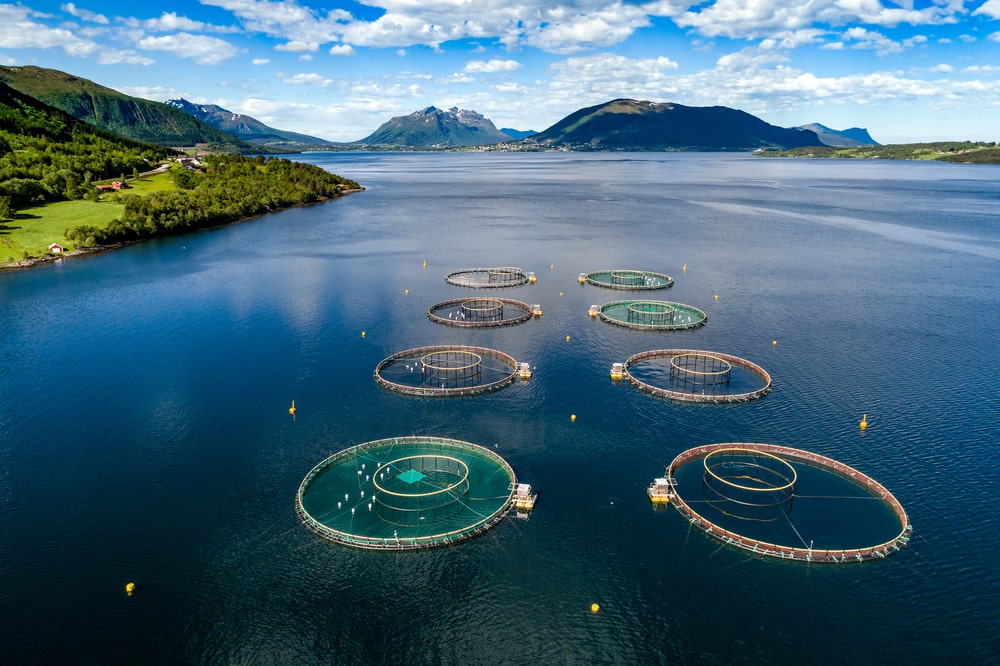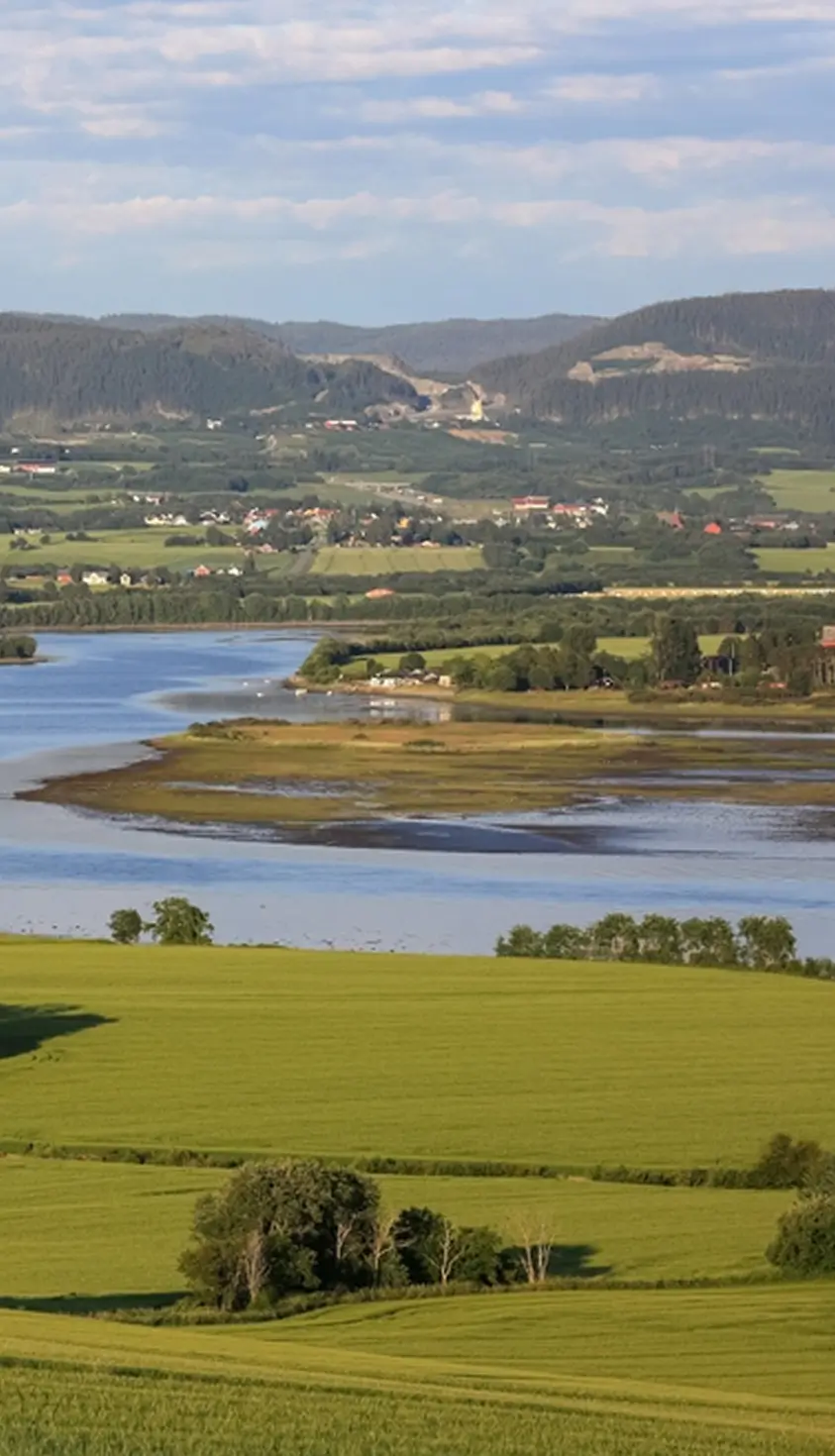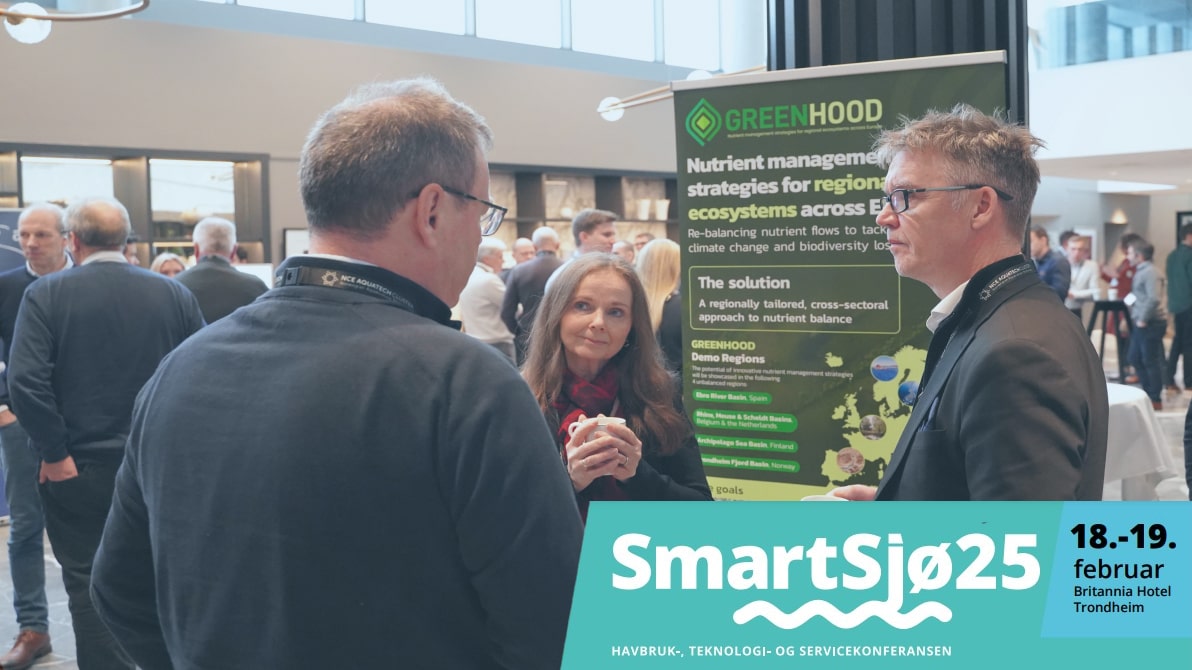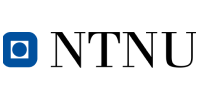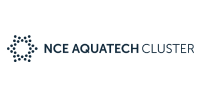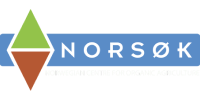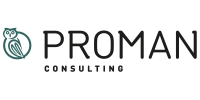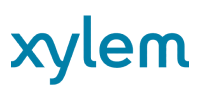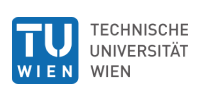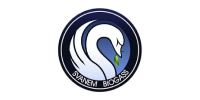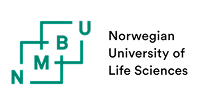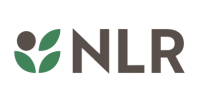These factors result in an imbalance in nutrient distribution and increased risk of eutrophication and greenhouse gas (GHG) emissions, including nitrous oxide.
Efforts needed to reduce nutrient loading:
- Develop scalable supply chains for nutrient-rich biobased fertilisers (BBFs) derived from manure and fish waste.
- Expand biogas infrastructure while ensuring digestate is further processed to reduce local nutrient pressure.
- Improve fish sludge collection, including from saltwater farms.
- Enhance nutrient monitoring and develop digital tools to support nutrient efficiency strategies.
- Foster stakeholder engagement and adoption of novel circular approaches.


